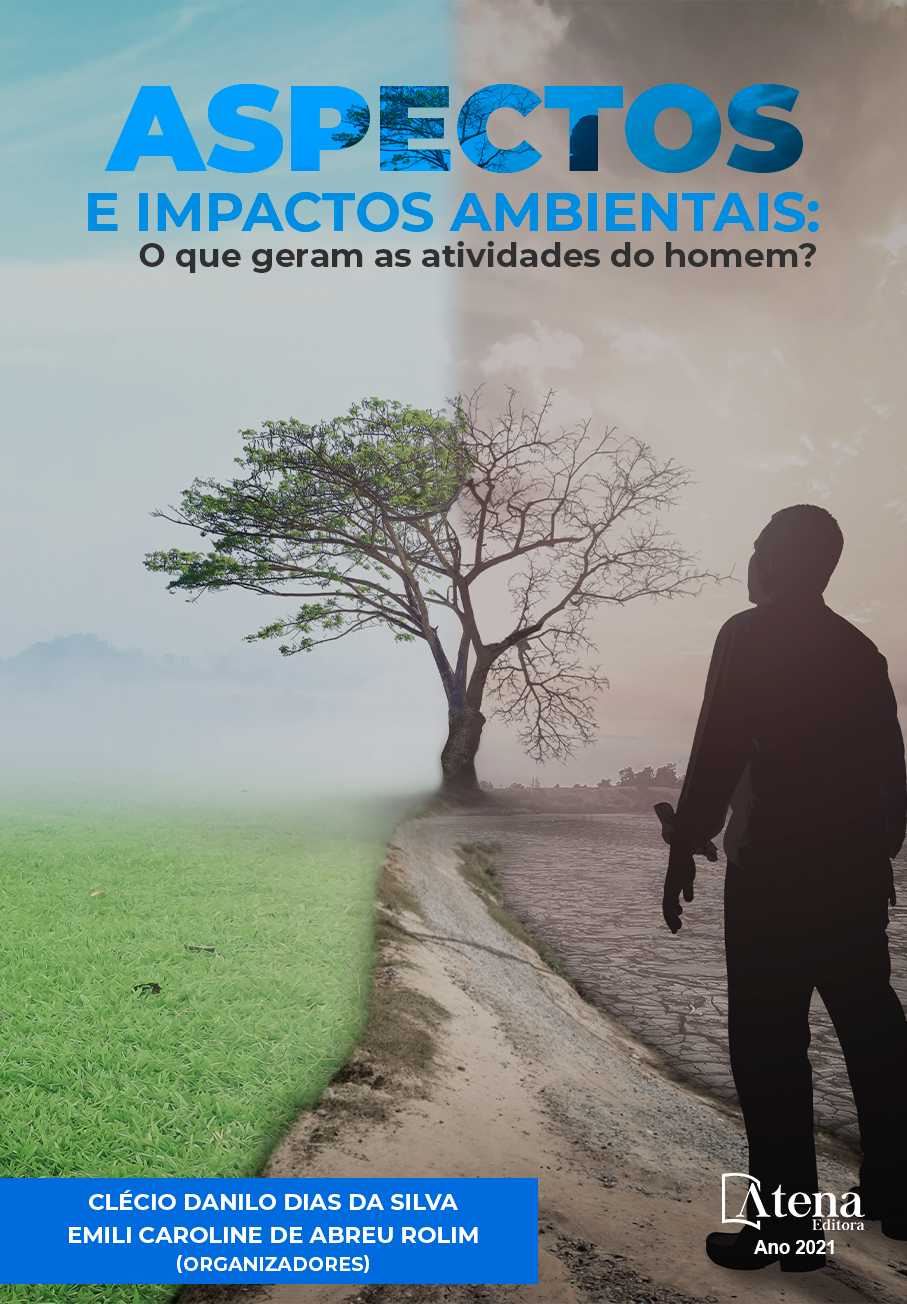
CARACTERIZACIÓN ESPACIO TEMPORAL DE FOCOS DE CALOR E INCENDIOS FORESTALES EN EL SUROESTE DE LA AMAZONÍA PERUANA
El presente estudio muestra la superficie deforestada por efecto de los incendios forestales durante el periodo 2011-2016 en el distrito Las Piedras-Tambopata-Madre de Dios. Las líneas aéreas afectadas se localizaron mediante los focos de calor del satélite MODIS e imágenes de satélites Landsat 5 TM y Landsat 8 OLI, para los años 2011 y 2013, con resolución de 30 m. Para el año 2016 se utilizó imágenes del satélite Sentinel 2, con resolución de 20 m. El reporte de los focos de calor, muestran una tendencia creciente, por lo que se puede presumir el incremento de las prácticas de roza y quema en las actividades agropecuarias. La cuantificación de áreas desforestadas por incendios se realizó utilizando el cociente normalizado de quema (NBR) adecuada a las imágenes Landsat y Sentinel, lo que permitió clasificar las cicatrices o áreas quemadas. La precisión de clasificación se validó con puntos de muestreo de campo e imágenes de alta resolución PlanetScope y WorldView a través de una tabulación cruzada. Los resultados fueron correctos, y reportan un 85,57% de precisión global y un coeficiente Kapp de 0,8101. El área afectada por los incendios en bosque primario, bosque secundario y pastizales en los años 2011, 2013, y 2016 fueron 2 535, 91 ha, 1 720,80 ha, y 7 081,74 ha respectivamente. A nivel de precisión, los focos de calor se tradujeron en cicatrices o áreas quemadas, reporta en el 2016, 66,74% de aciertos respecto a los años 2011 (36,50%) y 2013 (16,54%). Finalmente, el área deforestada a acusa de los incendios forestales a partir de focos de calor determina una correlación positiva de considerable a muy fuerte, presentando un mejor comportamiento en el año 2016.
CARACTERIZACIÓN ESPACIO TEMPORAL DE FOCOS DE CALOR E INCENDIOS FORESTALES EN EL SUROESTE DE LA AMAZONÍA PERUANA
-
DOI: https://doi.org/10.22533/at.ed.5142112076
-
Palavras-chave: Focos de calor, cicatriz de quema, deforestación, incendios forestales, cociente normalizado de quema.
-
Keywords: Heat sources, burning scar, deforestation, forest fires, normalized burning ratio.
-
Abstract:
This study shows the area deforested by forest fires during the period 2011-2016 in the districts Las Piedras, Tambopata, and Madre de Dios. The affected aerial lines were located using MODIS satellite hot spots and Landsat 5 TM and Landsat 8 OLI satellite images for 2011 and 2013, with 30 m resolution. For 2016, Sentinel 2 satellite images were used, with 20 m resolution. The hot spots report shows an increasing trend, so it can be presumed the increase of slash and burn practices in agricultural activities. The quantification of areas deforested by fires was carried out using the normalized burn ratio (NBR) adapted to Landsat and Sentinel images, which allowed classifying the scars or burned areas. Classification accuracy was validated using field sampling points and high-resolution PlanetScope and WorldView imagery through cross-tabulation. The results were correct, reporting 85.57% overall accuracy and a Kapp coefficient of 0.8101. The area affected by fires in primary forest, secondary forest, and grassland in 2011, 2013, and 2016 was 2 535, 91 ha, 1 720.80 ha, and 7 081.74 ha, respectively. At the level of accuracy, hot spots translated into scars or burned areas reports in 2016, 66.74% hits compared to the years 2011 (36.50%) and 2013 (16.54%). Finally, the deforested size resulting from forest fires from hot spots determines a positive correlation from considerable to very strong, showing a better behavior in 2016.
-
Número de páginas: 15
- Ronny Fernández Menis
- Gabriel Alarcón Aguirre
- Rembrandt Canahuire Robles
- Jorge Garate-Quispe


